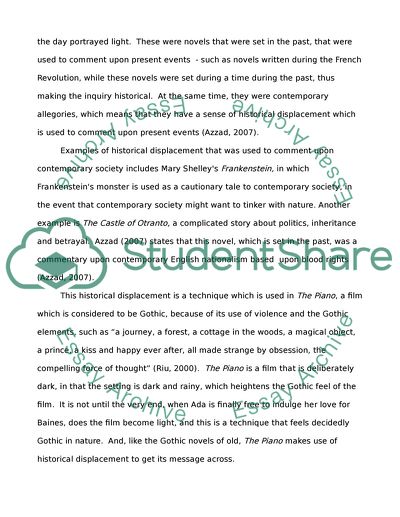Cite this document
(Gothic and Historical Displacement Assignment Example | Topics and Well Written Essays - 2250 words, n.d.)
Gothic and Historical Displacement Assignment Example | Topics and Well Written Essays - 2250 words. Retrieved from https://studentshare.org/culture/1758196-the-piano
Gothic and Historical Displacement Assignment Example | Topics and Well Written Essays - 2250 words. Retrieved from https://studentshare.org/culture/1758196-the-piano
(Gothic and Historical Displacement Assignment Example | Topics and Well Written Essays - 2250 Words)
Gothic and Historical Displacement Assignment Example | Topics and Well Written Essays - 2250 Words. https://studentshare.org/culture/1758196-the-piano.
Gothic and Historical Displacement Assignment Example | Topics and Well Written Essays - 2250 Words. https://studentshare.org/culture/1758196-the-piano.
“Gothic and Historical Displacement Assignment Example | Topics and Well Written Essays - 2250 Words”, n.d. https://studentshare.org/culture/1758196-the-piano.


